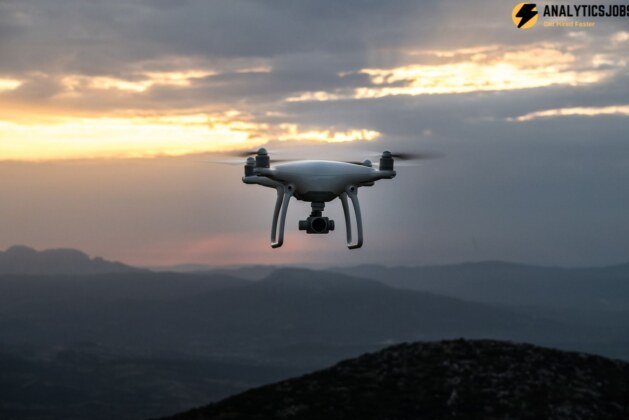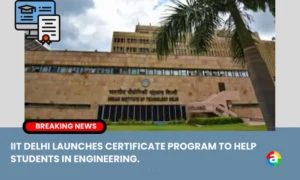For drones along with other Industry 4.0 technologies to create and flourish into future-oriented economic methods, indigenous growth is necessary to direct the forthcoming era of aerospace which would result from economic innovation. Notably, India has the perfect combination of elements required to prompt this.
In order to extract the positive aspects of autonomous aviation systems, the drone has to meet important social needs cost-effectively and uniquely. India has witnessed a capture drought circumstance which ignites the remarkable demand for good use of potable water and much more rigorous and granular monitoring the agricultural influence on groundwater resources.
Local affiliates, as well as startups in India, have offered the advantages of drones. As the Indian government considers drones as a device to clear up societal difficulties, the national mapping of the land, Survey India and Maharashtra government, underneath the Ministry of Technology and Science, recently suggested mapping 40,000 villages with drones. This initiative has been recommended to address locations of roads, canal limits, canals, and village boundaries.
Besides this, drones are now being experimented in last-mile delivery and supply chain service vendors in the health industry. A minister in the Ministry of Civil Aviation stated, “One of the apps for drones which has come ahead is an application to carry organs so that’s a thing that we’ve talked about with a big hospital company that’s transporting organs right now and has discovered it to be really hard to transport organs, given just how crowded Indian streets are.”
The elements which may make India lead with drones are – Gaps in agreement, awareness, and infrastructure to answer climatological difficulties, along with a willingness to try out new technologies to deal with new cultural divides.
As India is developing young talents, it is able to meet the demand for a workforce that understands the way to carry out the new technology and has the ability to perform that vision. With a knowledgeable and very competent workforce within the know-how segment, the country has been a regular performer and then climbed as much as the leading 5 locations within the Global Innovation Index (GII) to 52nd of 126 nations previous year.
India is likely to shelter far more than 18% of the worldwide working-age population by 2050. Additionally, more than 100 million newcomers are anticipated to join the workforce within the next 3 years. As per Inc42 DataLabs, India has no less than 50 drone startups operating with extensive room for innovation and growth.
To date, the Indian drone startups have shown the ability to identify mosquito breeding grounds to stay away from ailments, assist city planners in mapping urban locations with precision and cost-effectiveness and provide food that is fast to local communities in a dependable way.
Another part important for the appropriate development of the drone industry is a regulatory issue. Reportedly, the Directorate General of Civil Aviation (DGCA) is working with the business to resolve the regulatory problem. In May 2019, an invitation was issued by DGCA for cooperation on Beyond Visual Line of Sight (BVLOS) drone systems typically viewed as the Holy Grail of drone activities.
On one hand, in which a number of nations have experimented with various programmes, India’s strategy is the framework of it’s for cooperation as being a consortium, to take external and internal experts collaboratively and together enables data sharing. The Indian government is implying its continued would like to take hold of innovation in the curiosity of society. India can perhaps turn into a worldwide home for next-gen drone technologies pushed by the societal inspiration to deal with huge challenges, supported by way of a workforce as well as a government open to new solutions within the public interest.
India to lead the world of drones.
Analytics Jobs


